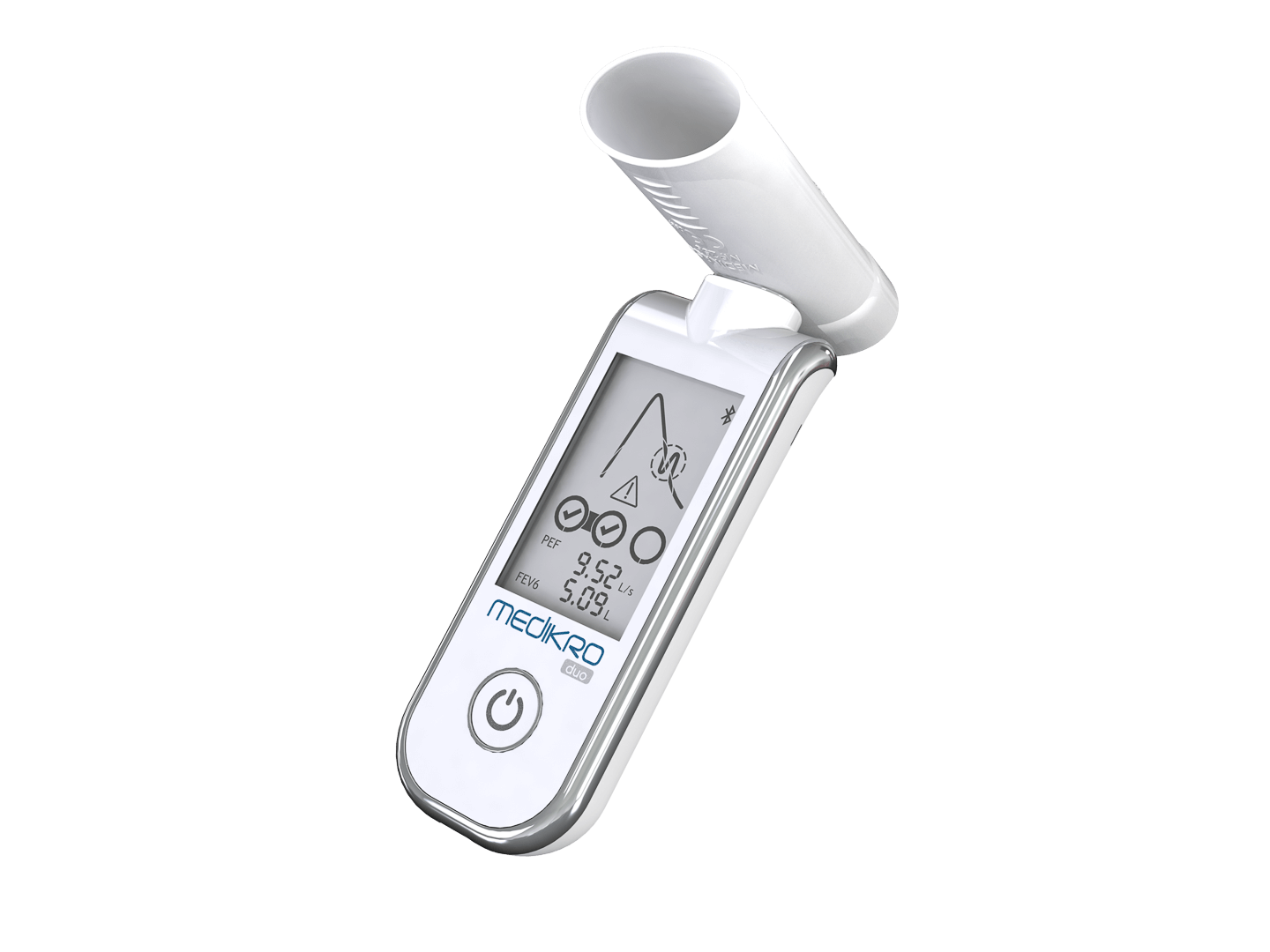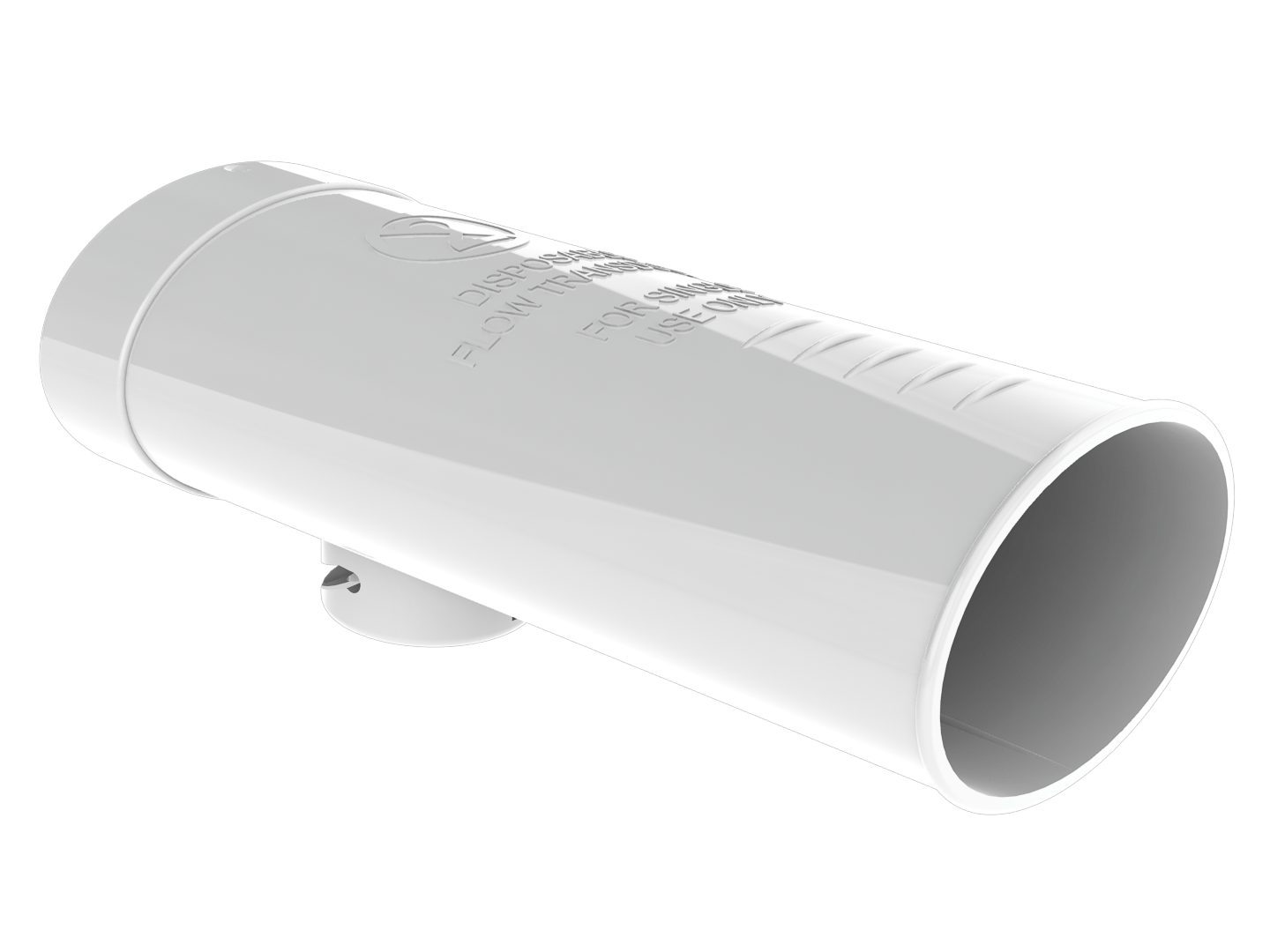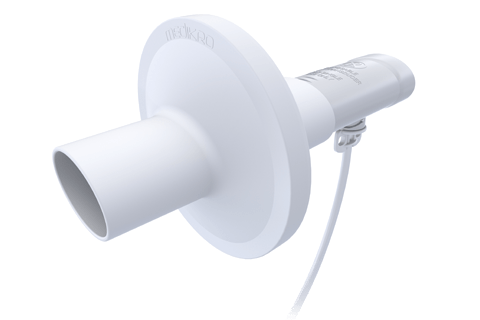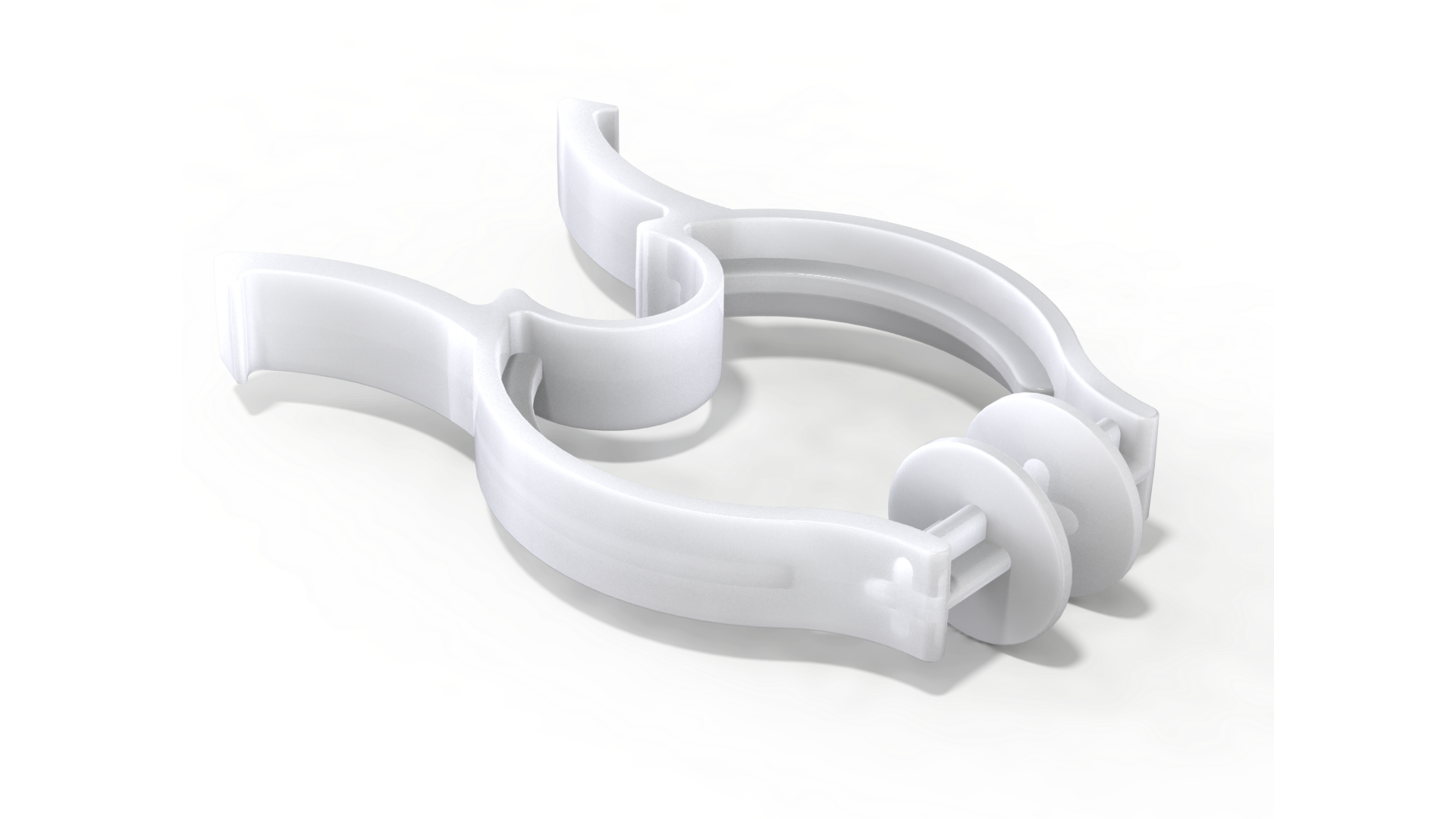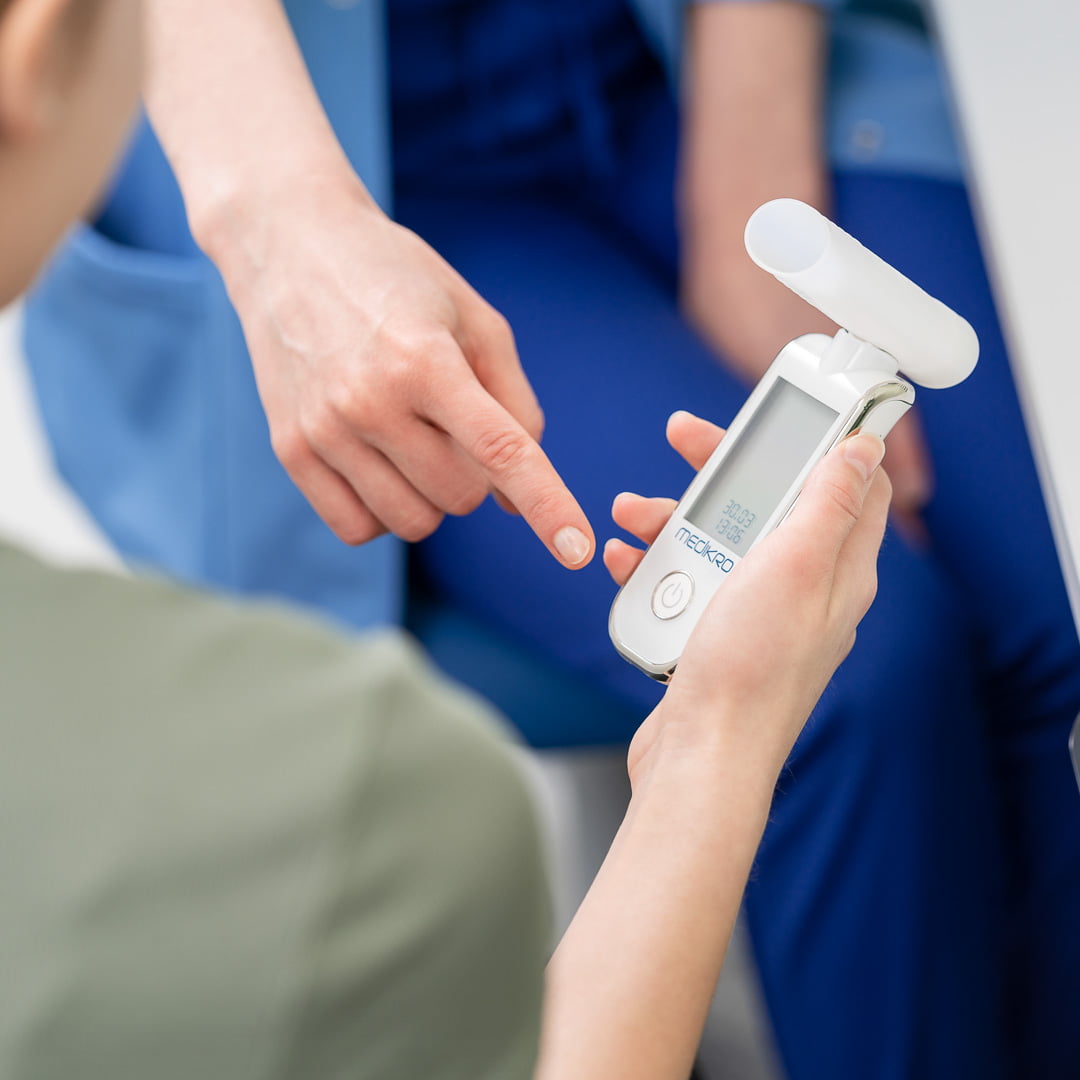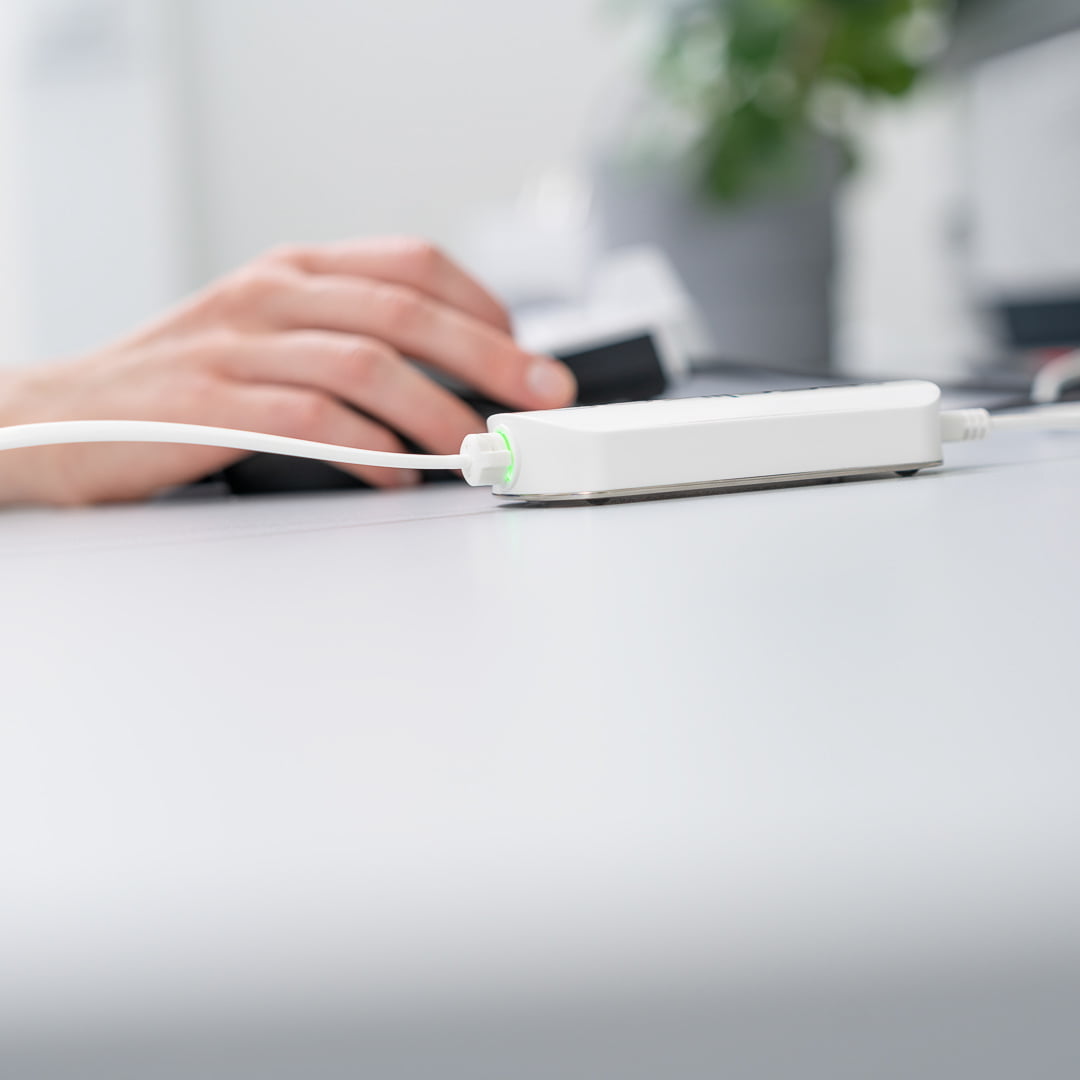Cooperation that endures and evolves – Medikro and Savonia jointly build practice-oriented spirometry education
Text: Elina Kiviaho, Medikro Oy and Riitta Kiiskinen, Savonia University of Applied Sciences
The cooperation between Medikro and Savonia University of Applied Sciences has continued for over three decades. It all began in the 1990s with the acquisition of spirometry devices, and over the years the partnership has deepened into a multifaceted collaboration that supports student learning, teaching quality, and the development of professional competence in working life.
“Our collaboration with Medikro began already in the 1990s, when Savonia acquired spirometry devices from Medikro for educational use,” says senior lecturer in biomedical laboratory science, Riitta Kiiskinen. “Over the years, the cooperation has proven to be very beneficial.”
In the early stages, the collaboration focused mainly on procuring devices and introducing them into teaching. Since then, it has grown into a close and long-term partnership, where expertise and experience are shared in both directions. “Medikro’s specialists have participated in training sessions and provided up-to-date information on the devices and the interpretation of measurements. This has improved both the quality and relevance of teaching. The cooperation has evolved from single deliveries into a long-standing partnership,” Kiiskinen describes.
Practical and up-to-date teaching
At Savonia, the greatest benefit of the cooperation is seen in the support it provides to student learning. Medikro’s expertise and high-quality devices have made it possible to offer spirometry teaching that is both practical and current. “We have been able to provide students with hands-on, up-to-date spirometry instruction using the devices that are also used in everyday healthcare. Students can practice real examination methods in an authentic learning environment by performing measurements on one another during skills workshops,” Kiiskinen explains.
Nearly all health-care students are introduced to the equipment—hundreds each year. Biomedical laboratory science students study spirometry during two separate courses, both in theory and practice. The cooperation also brings a strong connection to working life into the teaching. “Medikro has also taken part in continuing education courses where we have trained healthcare professionals. This gives students insight into how competence is developed even after graduation,” Kiiskinen adds.
Devices supporting learning and teaching
Medikro’s spirometry devices are an important part of Savonia’s skills-lab work. Students practice measurements with one another, learn to use the devices, interpret the results, and guide patients. “Medikro’s range of devices is versatile and enables various types of measurements. This supports student learning at different levels. In addition, the devices provide teachers with real-time measurement data that help demonstrate procedures and deepen understanding of the physiological and technical aspects of spirometry,” Kiiskinen notes.
Students regard the practice of spirometry examinations very positively. “They find the exercises enjoyable and interactive, as they perform measurements on each other and can compare results. This type of teaching prepares them well for future working life,” Kiiskinen summarizes.
Practicing with familiar devices also strengthens their confidence. According to Kiiskinen, it is easier for students to transition into working life when they have already used the same devices during their studies that are used in hospitals and healthcare centers. Practical training gives students confidence and enhances their professional competence.
Expertise that becomes tangible in working life
Spirometry skills do not remain within education alone but show up clearly in working life. “Students have told us that spirometry has been used in patient care and that their previous experience with the devices has been useful. During clinical physiology training, the goal for biomedical laboratory science students during clinical physiology training is to independently perform a spirometry examination under supervision—and this is possible when they already have a good foundational understanding,” Kiiskinen says.
Students are also able to discuss device-related challenges and technical questions in their workplaces because they have already learned to solve them during their studies. According to Kiiskinen, students stand out to employers because they have practical experience and capabilities from day one.
As respiratory diseases become more common, the role of biomedical laboratory scientists in diagnostics becomes more prominent. “They play a key role in developing more accurate and faster diagnostic methods and in monitoring treatment responses. Their expertise ensures the quality of examinations and patient safety. Digital and remote-monitoring tools may also broaden their role,” Kiiskinen emphasizes.
Joint training for healthcare professionals
Savonia and Medikro also regularly organize joint training sessions for healthcare professionals. “These trainings have been very successful and received positive feedback. It has been valuable to have a Medikro expert participate, sharing deep technical knowledge and practical tips,” Kiiskinen says appreciatively.
Cooperation between higher education institutions and companies supports the continuous development of the field. “The trainings give professionals the opportunity to update their skills and familiarize themselves with new devices. Collaboration with companies ensures that the training remains up-to-date and aligned with the needs of working life,” Kiiskinen states.
Looking toward broader future cooperation
Savonia looks to the future with development in mind. “We hope the cooperation will deepen further at the intersection of education and research. We could expand training to include other respiratory-health measurement methods and develop joint simulation exercises for students and professionals. It would also be beneficial to discuss potential thesis topics regularly,” Kiiskinen reflects.
Savonia values Medikro’s contribution to strengthening teaching and links to working life. “It would be great if we could together develop new measurement techniques or innovations related to device use. Medikro’s expertise could also support curriculum development, especially considering the growing importance of new technologies and digitalization in healthcare,” Kiiskinen envisions. In addition, she believes cooperation could be deepened through mentoring and expert visits, further strengthening the connection between theoretical education and practical working life.
A long-term partnership ceveloping the entire field
The cooperation between Medikro and Savonia is an example of how a company and a university of applied sciences can jointly develop education, increase practical skills, and strengthen work-readiness. The collaboration has brought concrete benefits to students, teachers, and healthcare professionals—and continues to evolve toward an even deeper partnership combining education and research.

Practice in performing spirometry examinations at Savonia University of Applied Sciences. Photo: Riitta Kiiskinen
This article has been reviewed by
Elina Kiviaho
Senior Biomedical Laboratory Scientist, Clinical Expert in Biomedical Analytics
Linkedin
/


